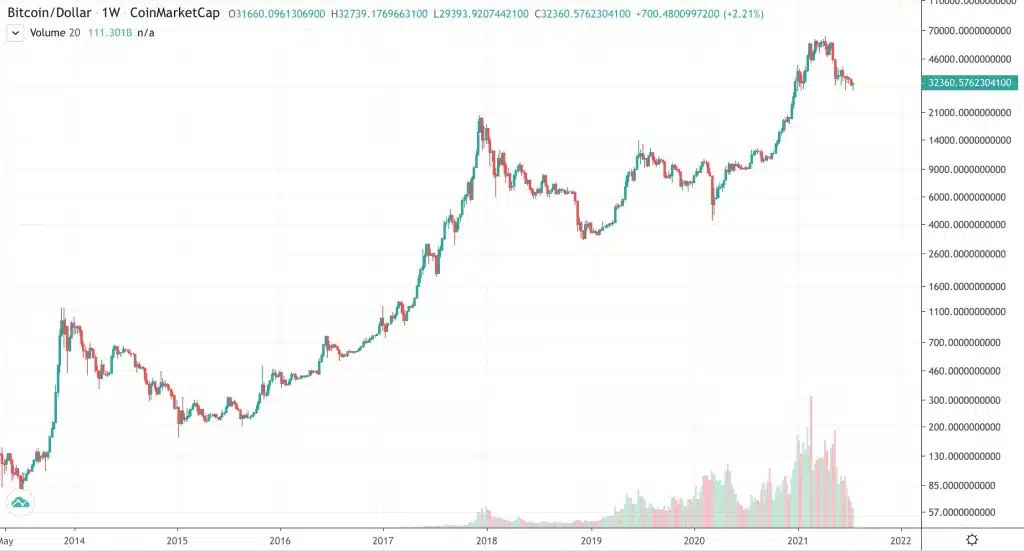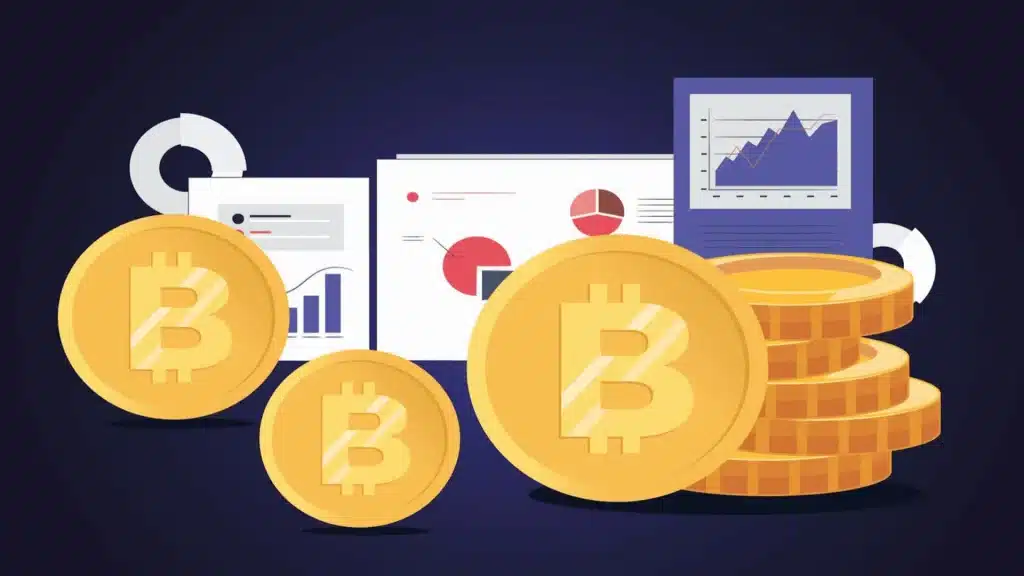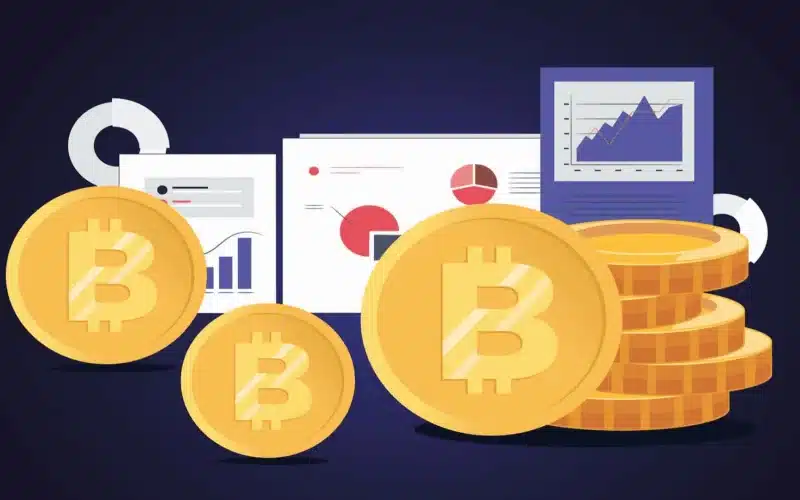What is the Dollar cost averaging (DCA) investing strategy?
Dollar cost averaging (DCA) is a long term investment strategy that aims to protect investors against the volatility of a financial asset. In order to use this method, you have to divide an amount of money into several small parts and invest it in the market at regular intervals. These investments must be made regardless of the price of the asset (stocks, shares, bonds, funds…), only the pre-defined intervals must be respected by the investor, to help them reduce their risk in the financial market.
Rather than investing all your money at once (lump sum strategy), and at an asset price that may not be the best, the dollar cost averaging (DCA) investing strategy allows you to take advantage of a more attractive average purchase price, protecting your portfolio value from short-term market excesses. It also allows you to detach yourself from the stress of the financial markets.
Moreover, if each month a sum of your salary is invested in an index or mutual fund (stock, share, bond…), you are already benefiting returns from this planning strategy over time. An example is the 401(k) retirement savings plan, which is very popular in the United States. You can choose to invest every Monday, every week, or every month, whichever planning suits you best. The purpose of this buying method is to smooth out your purchase price over time, regardless of the volatility of the asset’s price in the market, to reduce your financial risk and give you better returns over time.
Nevertheless, keep an eye on your management fees as they can quickly become a drag on your investment performance. At this level, exchange-traded funds (ETFs) are attractive because they are managed passively and at a lower cost.
Its financial relevance to the cryptocurrency market
Planning a dollar cost averaging (DCA) strategy often outperforms the lump sum strategy (single purchase) in times of high volatility in the market. It is therefore very interesting in the cryptocurrency market. Let’s look at a simple example with Bitcoin (BTC) investments over time:

Let’s say I decide to start investing in Bitcoin at its 2017-2018 prices peak. I have $1,000 in my account to invest in crypto, so I will divide my money into 20 purchases of $50. For this example, I will plan these purchases to be done every month, but you can also purchase every 3 months or every 6 months.
My list of Bitcoin investments in the market is therefore as follows:
| Date | Buy ($) | Bitcoin price in $ |
| 2017/12/01 | $50 | 10,352 |
| 2018/01/01 | $50 | 14,098 |
| 2018/02/01 | $50 | 10,225 |
| 2018/03/01 | $50 | 10,352 |
| 2018/04/01 | $50 | 6,972 |
| 2018/05/01 | $50 | 9,263 |
| 2018/06/01 | $50 | 7,478 |
| 2018/07/01 | $50 | 6,402 |
| 2018/08/01 | $50 | 7,801 |
| 2018/09/01 | $50 | 7,067 |
| 2018/10/01 | $50 | 6,585 |
| 2018/11/01 | $50 | 6,312 |
| 2018/12/01 | $50 | 4,017 |
| 2019/01/01 | $50 | 3,743 |
| 2019/02/01 | $50 | 3,488 |
| 2019/03/01 | $50 | 3,850 |
| 2019/04/01 | $50 | 4,132 |
| 2019/05/01 | $50 | 5,328 |
| 2019/06/01 | $50 | 8,612 |
| 2019/07/01 | $50 | 10,949 |
| Total sum of investments in the market | $1000 | Average price: $7351.3 |
On July 1, 2019, I will have invested my $1,000 at an average price of $7351.3 thanks to the Dollar cost averaging (DCA) strategy. An interesting price, considering that the Bitcoin (BTC) price went up to $20,000 (end of 2017), and dropped to about $3,196 in December 2018.
This long term buying method is therefore proving to be attractive in the cryptocurrency market. It protects against volatility and short-term excesses, by trying to get the best possible average purchase price. Moreover, combining this investment strategy with technical market analysis knowledge can be even more effective in the long term.
Implementing the dollar cost averaging (DCA) investment method strategy
If you like the strategy, it may be worth setting an investment budget in advance (if you already have the money in your account of course). For example: invest €2400 in installments of €200 every month for one year. You fund your account on your favorite exchange such as Binance or FTX for example with a bank transfer of €2400 (for your information, bank transfer deposit fees are free on these 2 platforms) and you make your purchase manually each month. Otherwise, you can make a transfer each month after receiving your salary. However, we do not recommend making a credit card payment every month, as the accumulated transaction fees can have a fairly large impact on the amount invested.

Sources:
